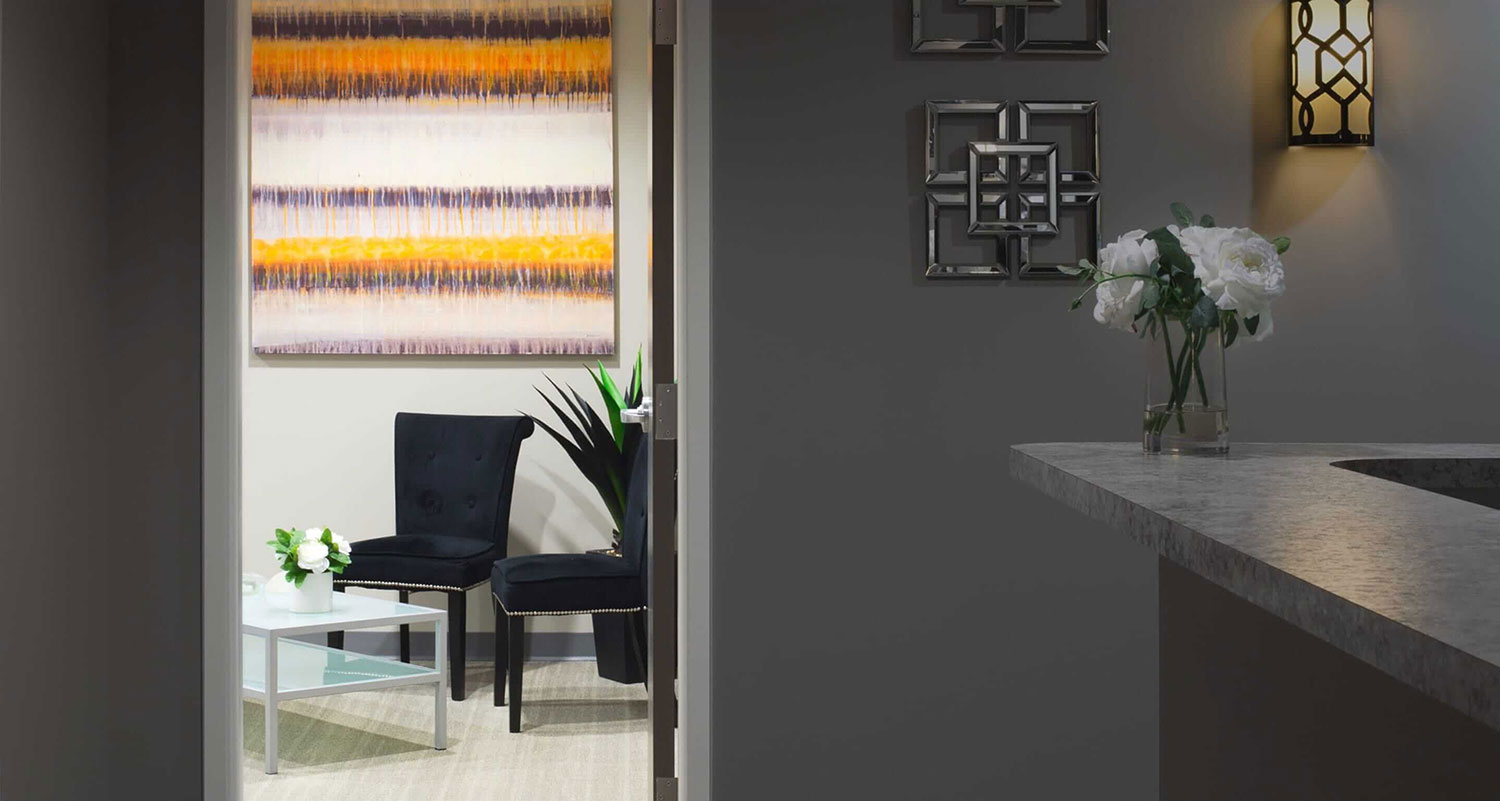Blunt Cannula Filler Injection: Reduces Swelling and Bruising Significantly
Blunt Cannula Filler Injection is technique utilizing a blunt needle instead of a sharp needle to inject fillers, such as Juvederm, Restylane, Belotero, Radiesse, Sculptra, Restylane Lyft, etc. The filler is still placed in the same locations; however, a blunt cannula is used to reach the areas needed to be treated. The advantage? Blunt cannulas decrease bruising and swelling by over 80%, and I feel, that number could be closer to 90%. Of course, it doesn’t guarantee no bruising or swelling but it has significantly decreased bruising and swelling rates in our practice. In fact, areas around the eye and lips that are common areas for bruising are easily injected with blunt cannulas commonly without any visible signs of bruising or swelling. The blunt cannula filler injection technique allows patients in my practice to come in for injection and have a 9 out of 10 chance to go home or to dinner later that evening without any signs of an injection.
Not all blunt cannulas are the same for blunt cannula filler injection. We use the Dermasculpt blunt cannula which is flexible, not rigid like many other less expensive and more painful cannulas.
Every technique has limitations. We still feel a regular needle is best for Botox, filling fine superficial lines such as around the lips, areas with significant scarring, earlobes, neck lines, and thick scars. There is also some pushing and pulling associated with the technique that most patients describe as an ‘interesting feeling’ but it isn’t associated with pain and tolerated very well. It doesn’t take any longer to inject fillers with a blunt cannula as compared to a traditional needle.
Blunt cannula filler injection has made some areas of the face safer to inject. For example, filler injection with a traditional needle was felt to be dangerous in between the brows, in the superior portion of the nasolabial folds, the nasal tip, and tear trough region. Now, however, we can easily and safely inject these areas without the constant concern of damaging the overlying skin or causing trauma to the eye increasing the use of fillers in these areas.


